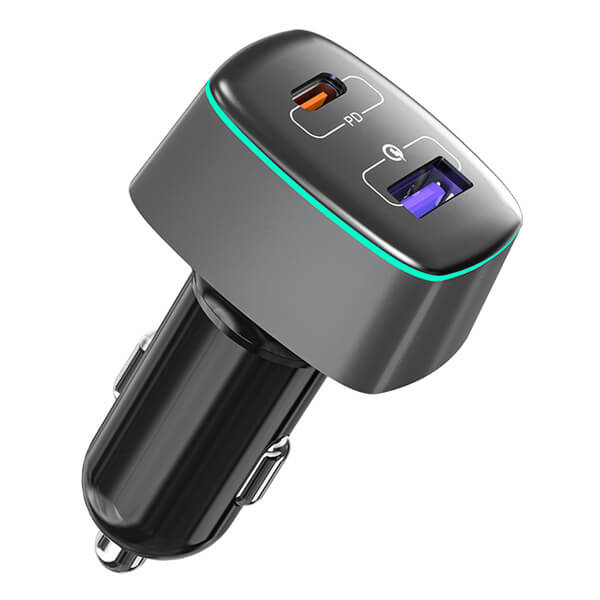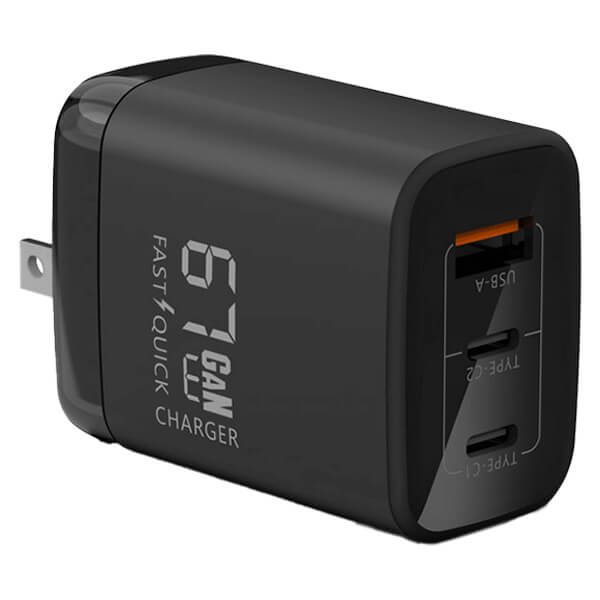
In an era where portable electronics have become indispensable, power banks have emerged as lifesavers, providing a convenient solution for charging devices on the go. However, with the market flooded with various brands and models, ensuring the reliability and accuracy of a power bank’s advertised capacity is crucial. This is where rigorous testing by laboratories plays a pivotal role.
Testing the real capacity of a power bank involves a comprehensive process that aims to uncover the true energy storage capabilities beyond mere marketing claims. Let’s delve into the intricate steps involved in this meticulous procedure.
Preparation:
Before commencing the testing, meticulous preparation is essential. Laboratories ensure a controlled environment conducive to accurate measurements. They calibrate all necessary equipment, including precision ammeters, voltmeters, and electronic loads, to guarantee reliable results.
Charging:
The power bank under test is fully charged to its maximum capacity. This step ensures that the power bank starts the testing process at its peak energy storage level, allowing for a thorough examination of its discharge characteristics.
Connection and Calibration:
A calibrated electronic load is connected to the output port of the power bank. This load matches the rated output load of the power bank, ensuring that the testing conditions simulate real-world usage scenarios accurately. Additionally, the equipment is calibrated to ensure precise measurements throughout the testing process.
Discharge Testing:
The power bank undergoes a controlled discharge process, where energy is released through the connected load. Throughout this phase, precise measurements of current and voltage are continuously recorded at regular intervals. This data collection ensures a comprehensive understanding of the power bank’s discharge behavior.
Data Analysis:
Once the discharge testing is complete, the amassed data is meticulously analyzed. Advanced mathematical algorithms and statistical methods are employed to calculate the actual capacity of the power bank. This analysis includes integrating discharge curves, determining average power consumption, and comparing the results against the manufacturer’s stated capacity.
Comparison and Validation:
The calculated real capacity is scrutinized against the advertised capacity provided by the manufacturer. Any disparities between the two figures are carefully examined, shedding light on the accuracy of the manufacturer’s claims. This rigorous comparison validates the reliability of the power bank’s specifications.
Reporting:
Finally, a comprehensive test report is compiled, documenting the entire testing process, data analysis, and findings. This detailed report serves as a valuable resource for consumers, empowering them with transparent information regarding the performance and reliability of the power bank.
In conclusion, the laborious process of testing the real capacity of a power bank is indispensable in ensuring consumer trust and confidence. Laboratories play a crucial role in unearthing the truth behind a power bank’s advertised specifications, ultimately enabling consumers to make informed decisions when selecting a reliable and efficient portable charging solution. Through meticulous testing and transparent reporting, laboratories uphold the integrity of the electronics industry, ensuring that consumers receive products that meet their expectations and deliver on their promises of performance and reliability.













